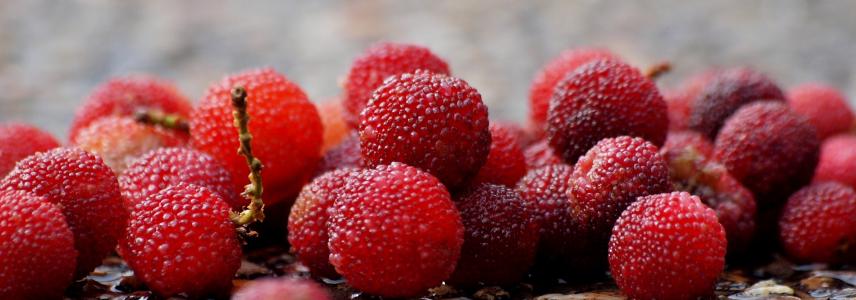The search for healthy and functional juices continues

After years of declining consumption, the European fruit and vegetable juice market started to recover in 2020 and 2021. Consumers showed an increased interest in juices with innovative and functional juice ingredients that help improve health.
COVID-19’s impact on consumer behaviour
With the threat of coronavirus in 2020, demand for juice in Europe rapidly increased. It is common to see orange juice consumption increase during the flu season in Europe. But COVID-19 completely changed consumption patterns. Until 2019, European juice consumption decreased at an annual rate of 1% for almost a decade. But in 2020/2021, consumption increased again in several European markets. After the COVID-19 pandemic began, consumers regained some interest in citrus juices, including lemon and orange. They also became more interested in functional ingredients in drinks.
Immune support quickly became a high priority for many consumers. And innovative juice companies launched many healthy and functional juice drinks. At the start of the pandemic, demand for orange juice increased due to the fear of a shortage in Brazil. This led to higher prices, but the orange juice market quickly stabilised after the first peak of the pandemic. The functionality of juices and drinks has become a new focus for European consumers. Zenith Global has observed a rise in juice brands promoting the health benefits of juice consumption.
Before the pandemic, the sugar content in juice was the primary concern for many European consumers. During the COVID-19 pandemic, new interests such as functional ingredients, fibre content and impact on the immune system largely replaced sugar concerns. Still, juice producers are trying to decrease the amount of natural sugar in juices by mixing them with coconut water.
A new trend
Since COVID-19, interest in specific juice functionalities is replacing the interest in nutritional and health benefits. Some of the most important developments that have impacted consumer behaviour in the last 2 years in Europe include:
- Adding more and specific vitamins and minerals to juices and smoothies. Examples include doubling the amount of vitamin C, an established antioxidant in juices, and adding zinc, vitamin D or selenium. Some examples include:
- Immune support juices from Granini in Spain,
- Immunizer and Vitaminator from Rauch in Austria, and
- Citrus Shield from Innocent.
- Adding probiotics to juices. Consumption of probiotic supplements dramatically increased during the pandemic. Naturally found in fermented food, probiotics can also be added to juices and drinks. Examples include:
- Innocent tropical defence with millions of cultures,
- Activia probiotic smoothies with chia, flax, hemp seeds, pineapple, kiwi, cucumber and ginger,
- Tropicana Essential Probiotics with one billion cultures per serving, and
- Nexba with sugar-free kefir, kombucha and probiotic soft drinks.
- Adding antioxidants to juices. Many ingredients are used to enhance the functionality of juices. These include ginger, matcha, spirulina, turmeric, celery and green vegetables. Some innovative examples include:
- Purearth Organic Lemon & Spirulina Kefir,
- Innocent Blue Break with spirulina,
- Volvic mineral water with matcha,
- BumbleZest shot with ginseng, matcha and moringa, and
- Voelkel, a German brand of organic turmeric juice from Peru.
- Juice shot launches. These started several years ago and significantly increased in the last 3 years. Juice shots are juices of around 100ml with functional ingredients. The first juice shots appeared in 2013. And in 2020, there were more than 70 launches. Ginger shots are especially trendy. Some European retailers, such as Lidl and Rewe, have introduced private label shots. Popular brands in Europe are:
- Live Fresh from Germany,
- True Fruits from Germany,
- Plenish from the United Kingdom, and
- Sonatural from Portugal.
The range of ingredients in juices and juice drinks is constantly increasing. Many juices now include ingredients that would have surprised consumers several years ago. Some examples are spices and herbs like pepper, chilli or basil; cannabidiol, a plant extract from the cannabis plant; and vegan proteins from nuts, beans or cereals.
Learn more
To learn more about trends in the European juice processed fruit and vegetables sector, read our trends study and our latest study on citrus and tropical juices.
Autentika Global wrote this news article for CBI.
Stay informed
To stay informed about the latest developments in the processed fruit and vegetables sector, subscribe to our newsletter.